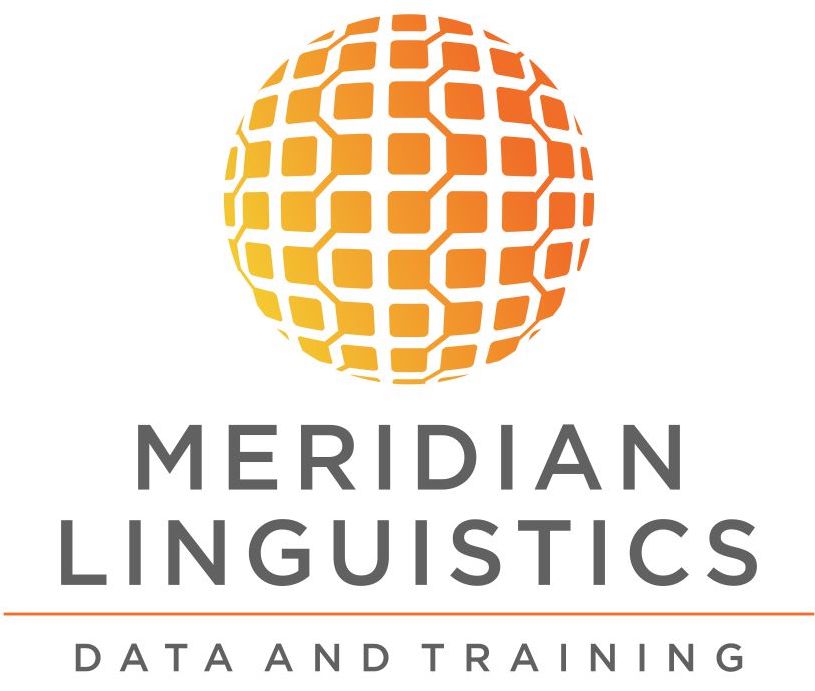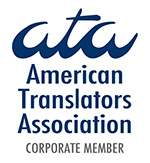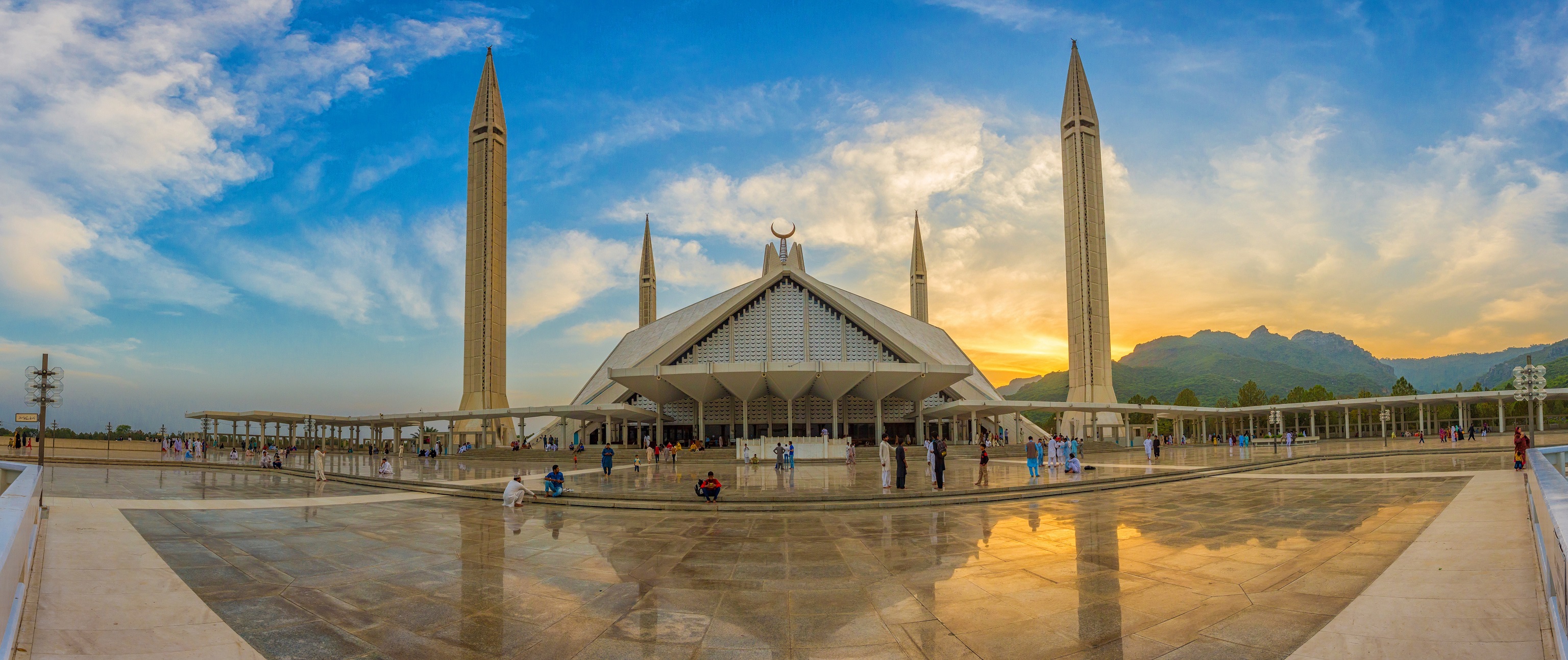Did you know more people speak Pashto than Korean? And Italian? Even Swahili?
One of about a dozen “critical languages” (languages considered particularly important for current geopolitical reasons, but that take longer than usual to learn) Pashto (also called Pashtu, Pushtu, or Pushto) stands out also for its varied dialects and rich cultural history.
This year, the US announced the expansion of the green zone in Afghanistan, essentially committing to another decade of military presence. As such, translation between English and Pashto will continue to be in high demand, to serve military and intelligence purposes.
And then there is Pakistan, home to 26 million Pashto speakers. Pakistan, long considered a “frontier economy,” was recently upgraded to an emerging market. Local experts hope this portends a strengthening of their role in the global economy.
Primarily spoken in Afghanistan (approximately 40 million people) and Pakistan (26 million people), Pashto is an Eastern Iranian language, belonging to the Indo-European family. It is closely related to Farsi, and uses a customized version of the Arabic alphabet.
While some scholars believe the first written Pashto texts appeared around the eighth century, this is highly disputed. The consensus is that Pashto texts appeared no later than the seventeenth century and include poetry and literature.
Difficulties in Pashto Translation
The two main dialects of Pashto are Afghani and Pakistani. The two dialects are mutually intelligible, while retaining several marked differences in vocabulary and a few differences in grammar.
However, the only accepted form of formal written Pashto is a form much closer to the Pashto spoken by Afghans, meaning that some Pakistanis may encounter difficulties when they are asked to write in a formal writing style. This difficulty can be further compounded by the fact that Pashto is not formally taught in all Pakistani schools, which tend to favor English and/or Urdu.
This is not to say that Pakistani translators do not hold their own unique advantages: if your audience will be Pakistani Pashto speakers, it is highly beneficial to use a Pakistani translator who can adapt the Pashto to a version they will understand and identify with. Pakistani translators also hold the distinct advantage of hailing from a country that invests heavily in English education, increasing the number of bilinguals.
Pashto is a language that coexists beside many others in both Pakistan and Afghanistan (where Dari also holds considerable sway) and is influenced by other grammars and vocabularies. It is recommended, when translating into Pashto, that you have a good understanding of the purpose and audience of your translation, so that it can be properly localized for region, formality, and style.
How to Ensure a Quality Pashto Translation
Currently, the Meridian Linguistics Testing Service offers the only known credential for English into Pashto Translation (Pashto to English testing is coming soon). This language pair is not currently offered by the American Translator’s Association (ATA).
When judging a translator’s CV, you might look out for degrees from the American University in Afghanistan or Kabul University. Translation programs are rare in Afghanistan, so keep an eye out for diplomas in English Literature, or for TOEFL certifications. In Pakistan, translation programs are somewhat more common.
In the US, Pashto is not very often taught in universities, with a few exceptions (for example University of Pennsylvania) and there are no known translation degrees for Pashto.
Know any other fun facts about Pashto? Please leave them in the comments!
.
.












Leave A Comment